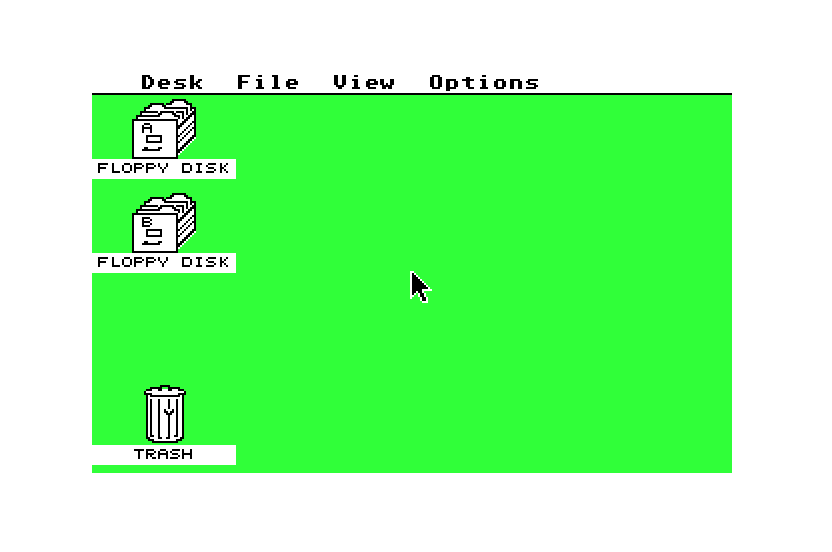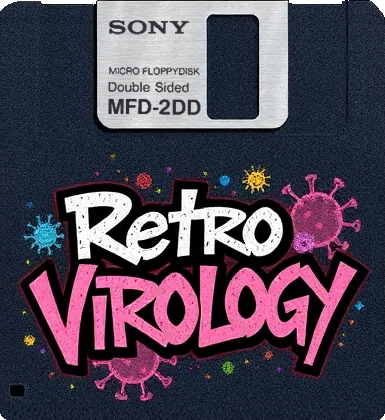In a few words...
This virus does not have a description.
The following symptoms may happen: aftter 20 generations of the virus, decreased after each reset, (on the same floppy or any other), the message "OLI-VIRUS installed ." appears at boot and then the system starts to slow down more and more as vbl count increases.
Details
- Replication: on the bootdev device when calls are performed to
- Flopwr() in any case
- Floprd() if bootsector is not executable
- Rwabs(write on first logical sector) if bootsector is not executable
- Bootcode size: 448 bytes.
- Resident address: 0x600.
- Start address: 0x3E.
- Stealth address: 0x600.
- Attached vectors: hdv_rw, xbios (trap 14), trap 12 to call old xbios vector, 2nd VBL routine (only for symptoms).
- Reset resistance: undocumented resident routine.
- TOS: all.
What's special ?
- to hide its activities, the virus copies the Xbios Trap in unused Trap 12 vector: The virus uses this redirection to indirectly call Flopwr() to replicate itself.
- the virus catches any floprd() calls on bootsector to hide itself and sends back an empty buffer
- the virus disables the hdv_init vector and use hdv_boot to check if a bootsector is executable rather any any suspect rwabs or floprd call
- at boot the virus patch its bootsector: deactivates its bootsector (patch checksum) and decrease its generation counter then set the resident routine to install the virus
Fun facts
- I'm not sure the description in the UVK book is not totally accurate: "In certain cases, it can also corrupt disk data.", this comment was also available in the reverse engineering done by a Croatian engineer from FOCUS Computer Gmbh who thinks that if Rwabs is called with the mediach flag, the read will be considered for a write by the virus. That's not what I understand in the code. And I was not able to reproduce this unwanted symptom.
- I think there is a little bug, after each boot, if the disk is already infected, the bootsector will still be patched with a decreased generation number and cheksum altered Then, as not executable, mostly any calls to rwabs or floprd/flopwr will revalidate the checksum. In most cases, only new infected floppies have a different generation number.
See the virus in action!


